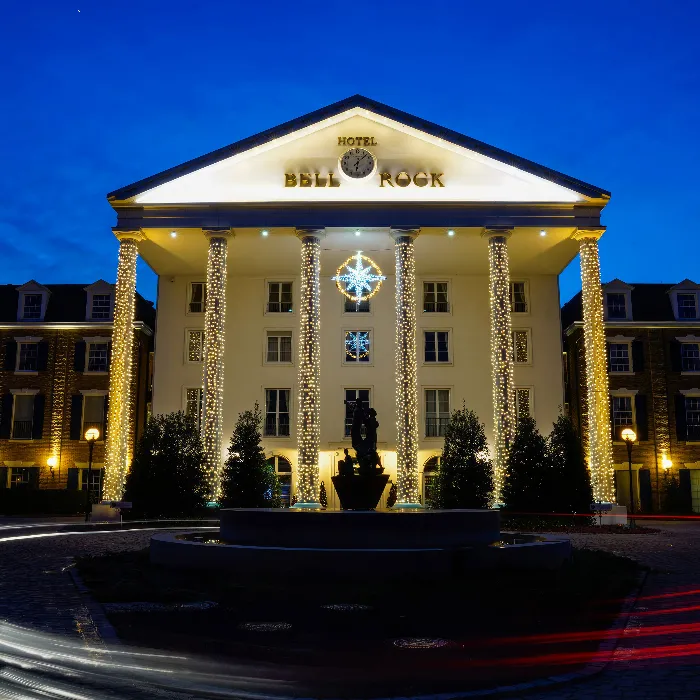You stand in a hotel suite, probably the most expensive room in a hotel, full of opportunities for impressive photos. The goal is to highlight the unique details – a fruit composition, beautiful flowers, or other small elements that shape the ambiance. In this guide, you will learn how to capture a harmonious atmosphere with thoughtful detail shots and how to cleverly use sharpness and blur.
Key Insights
- Choose the right lens and work with sharpness and blur.
- Use daylight and gently illuminate the subjects.
- Vary perspectives and framing for creative compositions.
- Involve an assistant to optimize your shots.
Step-by-Step Guide
The perfect detail shot of a hotel room requires several considerations and techniques.
1. Preparing the Setup
The first thing you need to do is assess your surroundings. You are in a hotel suite, so take a look at the details you want to capture. A fruit basket, flowers, glasses, and cutlery are on the table – all these elements need to be captured to convey the overall picture of the room.
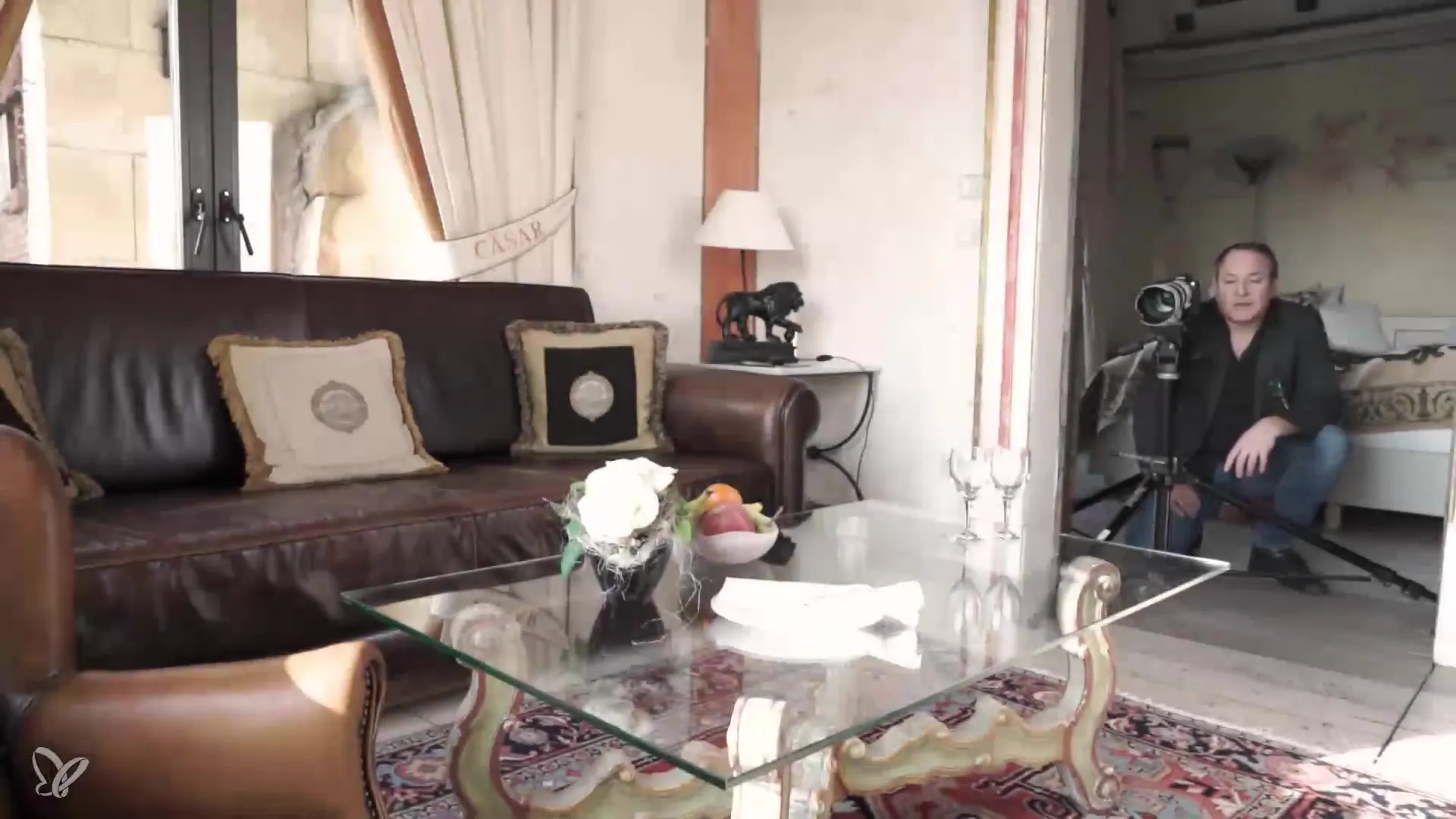
2. Selecting the Right Lens
To achieve the best results, using a telephoto lens is recommended. In this case, a 70-200mm with an aperture of 2.8 is ideal. It allows you to work with a wide aperture and cleverly place the focus.
3. Focusing on Sharpness and Blur
The alternation of sharpness and blur adds dynamism to your photos. Experiment with different aperture settings. For example, you can work with a wide aperture to particularly highlight one of the various details while allowing other elements to fade into blur.
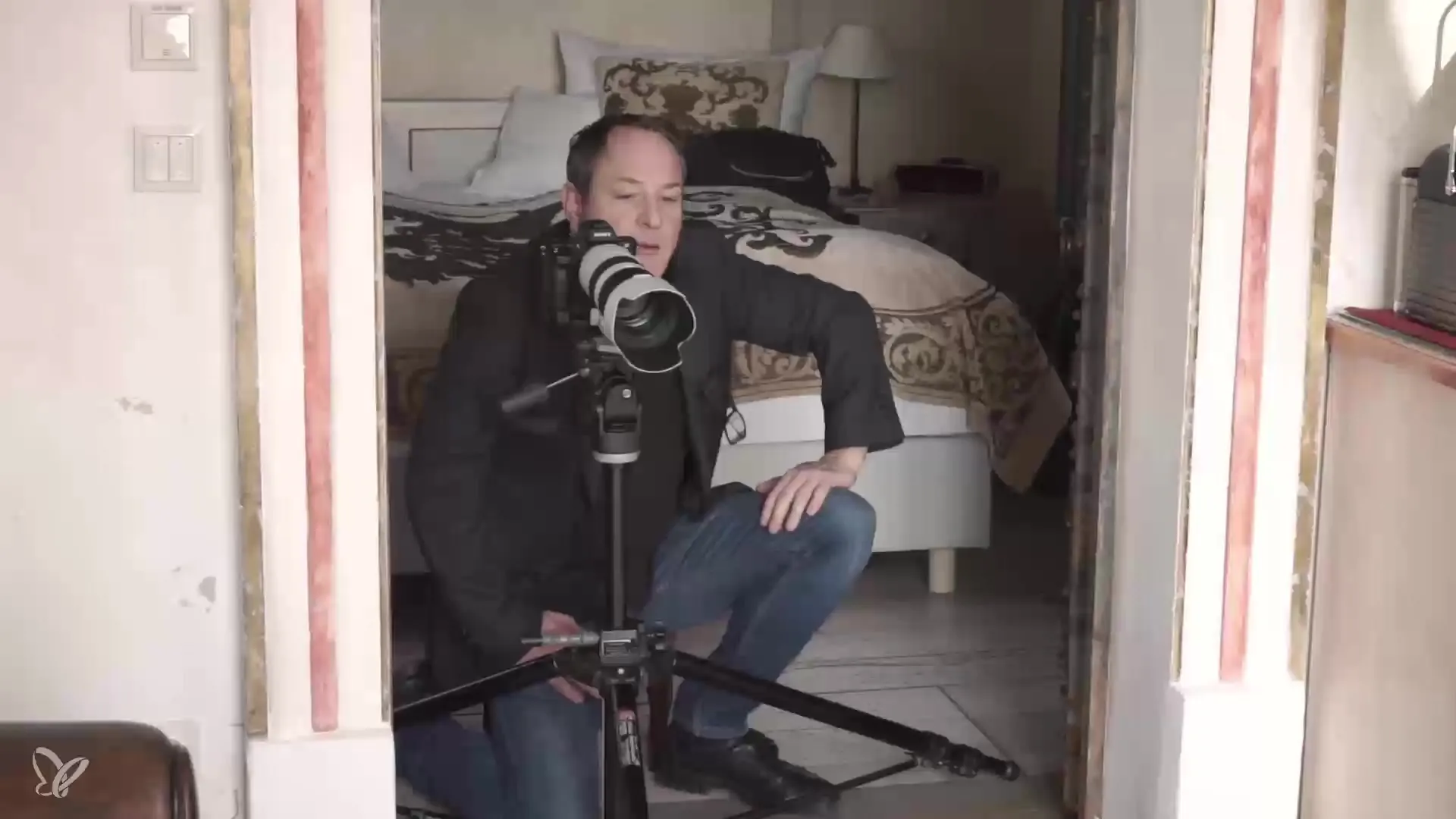
4. Using Light
Light is crucial for the impact of the image. A strong daylight streaming through large windows provides a natural brightness and beautifully highlights the details. Take advantage of the opportunity to work with this light. However, it may be necessary to add additional illuminations to brighten weak spots in the image.
5. Adjusting the Composition
The positioning of your subjects is critical. Involve your assistant to make small adjustments. While you look through the camera, they can slightly move the objects, which can make a difference in the image's impact.
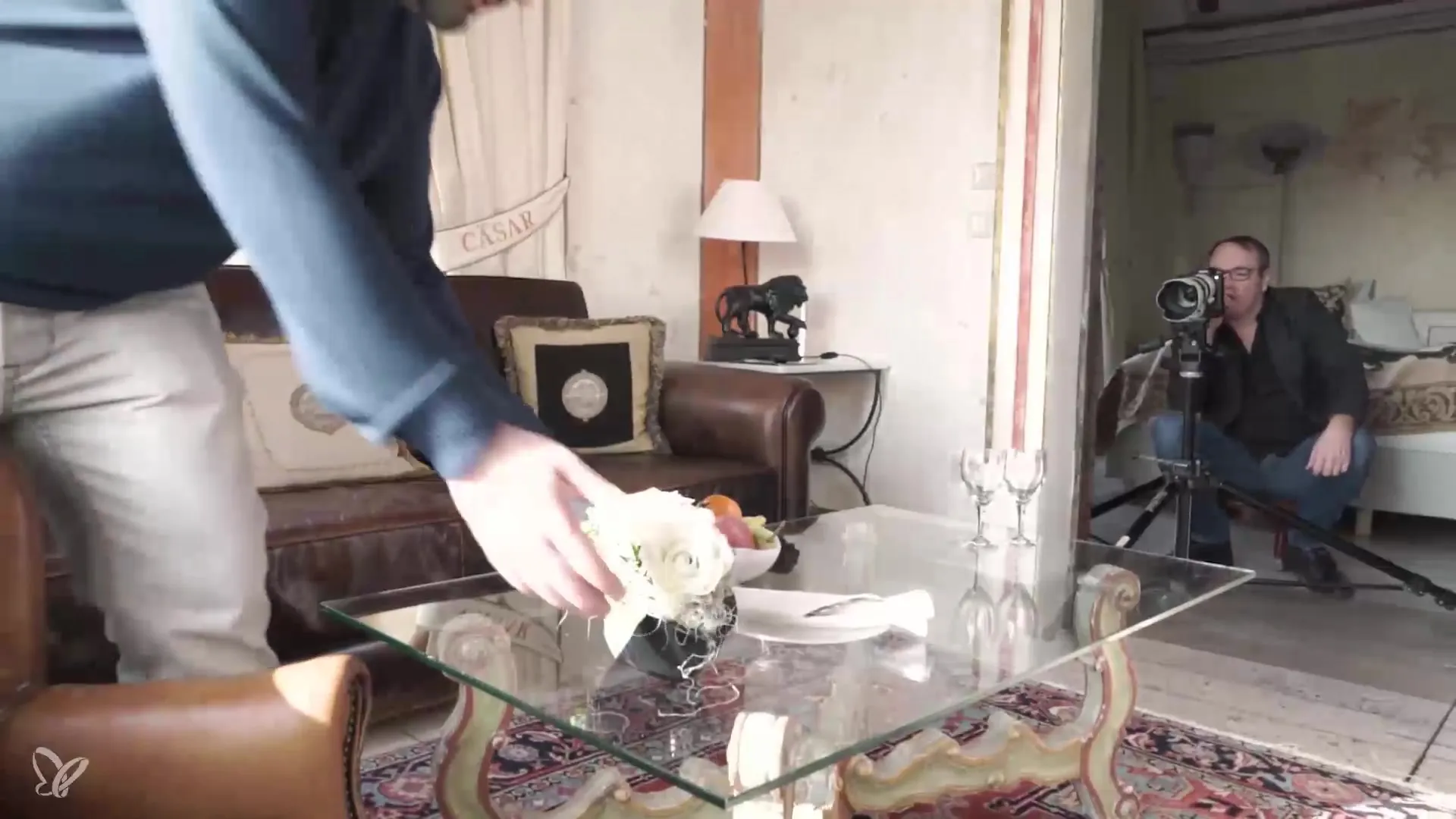
6. Trying Variations
Remember to create several variations of your composition. Change the framing and alternate between portrait and landscape orientations. Each format has its advantages and can change the message of the image. While taking the picture, try different focal points within the composition to get as many diverse shots as possible.
7. Involving the Assistant
If you have the opportunity to work with an assistant, make use of it! While you photograph, your assistant can easily rearrange the setup to optimize the image effect and provide you with the best angle.
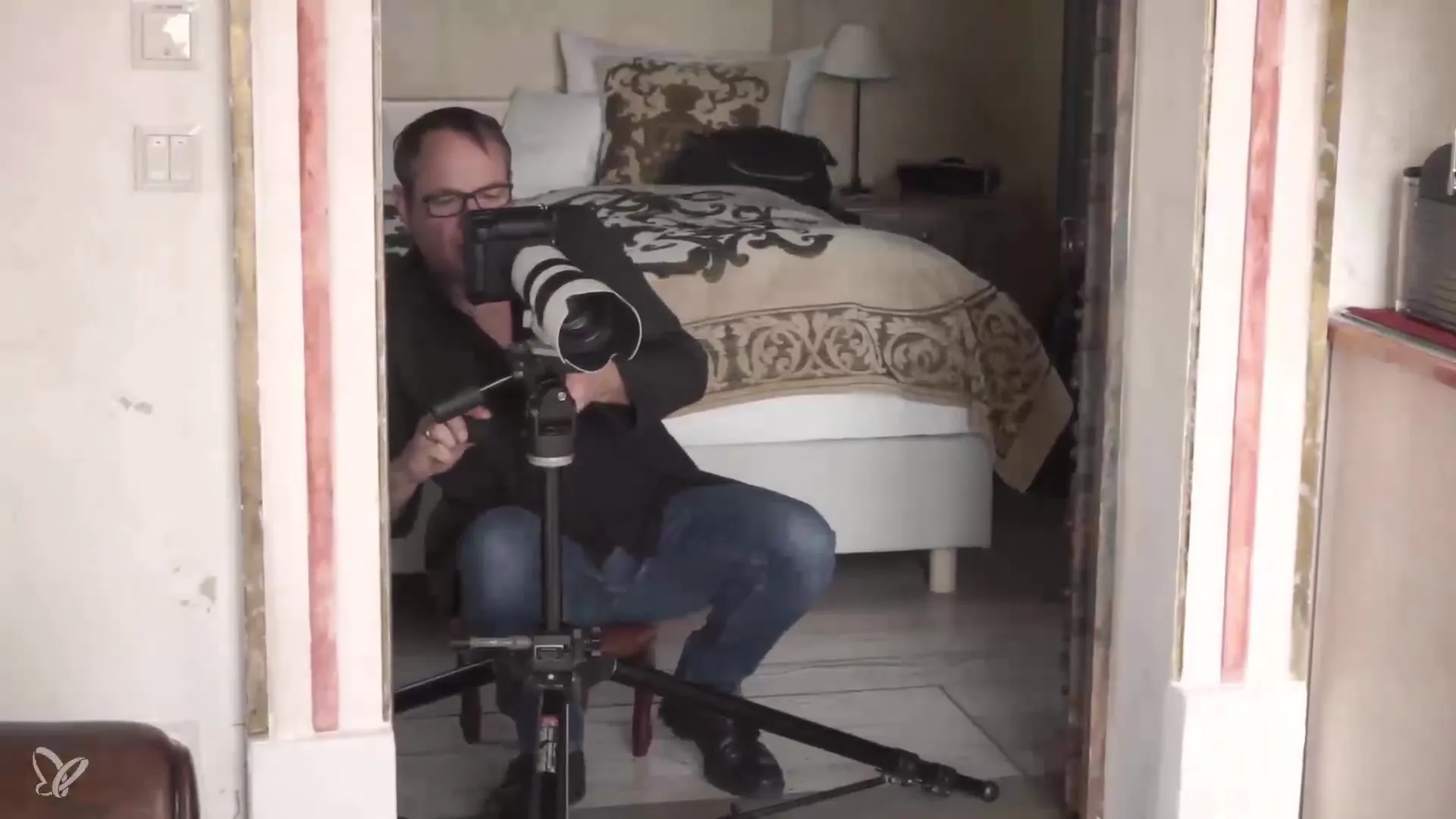
8. Providing a Unique Angle
Use furniture or other elements creatively to create interesting perspectives. A low chair for a lower camera perspective can elevate your images and additionally offer a new view of the hotel suite.
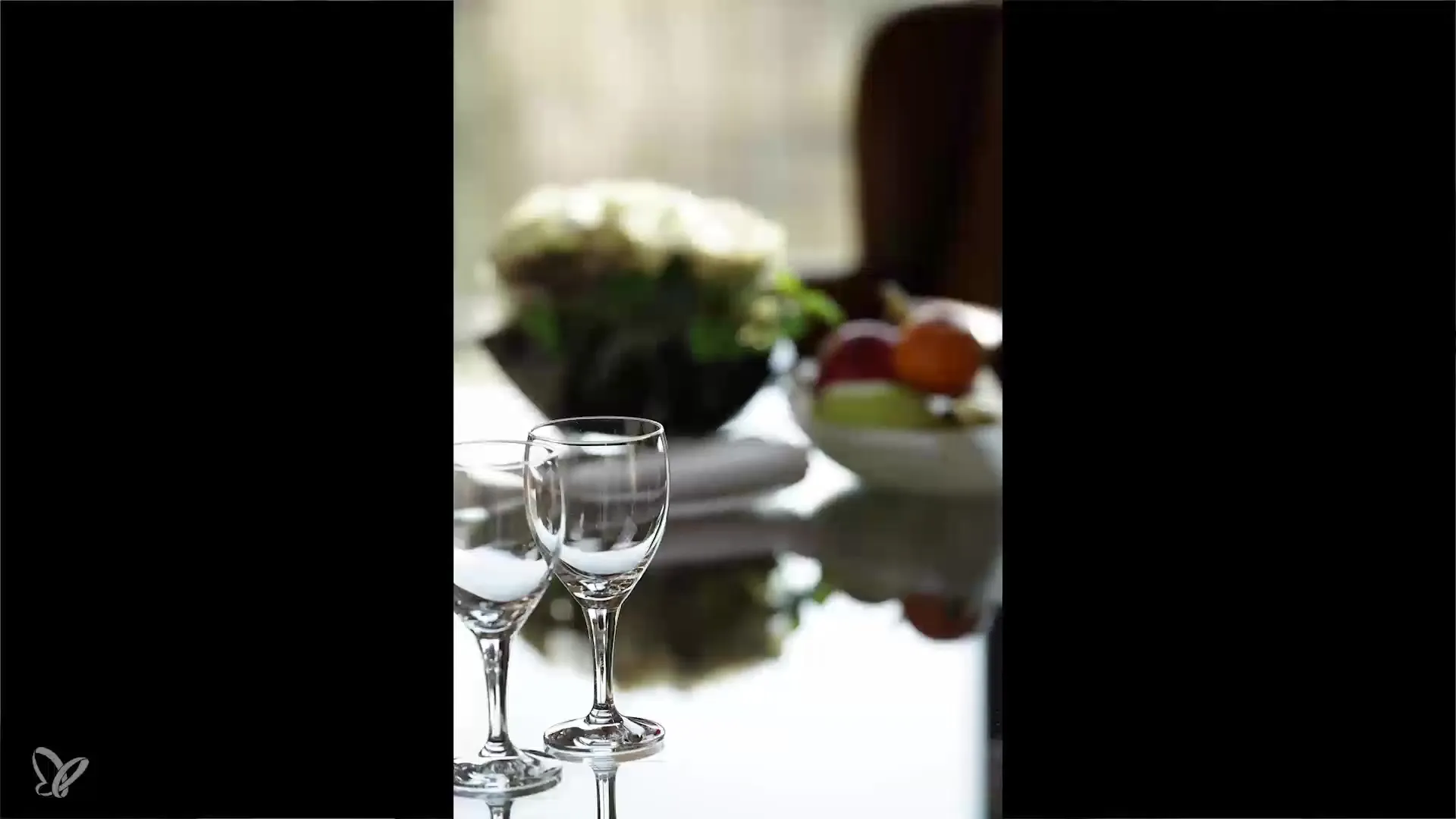
9. Final Adjustments and Subjects
Finally, experiment with different subjects that you can capture from various viewpoints. For example, a champagne bottle can be placed in the foreground instead of glasses to emphasize a special celebration.
Summary – Hotel Photography: Detail-Rich Shots of a Suite
In hotel photography, technology, creativity, and the ability to collaborate come together to create impressive detail shots. Use the approach described above to capture unique moments in a hotel room.
Frequently Asked Questions
How do I choose the right lens for hotel photography?A telephoto lens with an aperture of 2.8 is ideal for detail shots.
What is the best light source for hotel shots?Natural daylight through large windows is optimal, possibly supplemented by gentle illuminations.
How can I vary the framing?Switch between portrait and landscape orientations and change the focus points within the composition.
Is it important to work with an assistant?Yes, an assistant can help position the setup optimally and improve compositions.
Can I capture different subjects from a single shot?Yes, experiment with different subjects and perspectives to create more variations.
